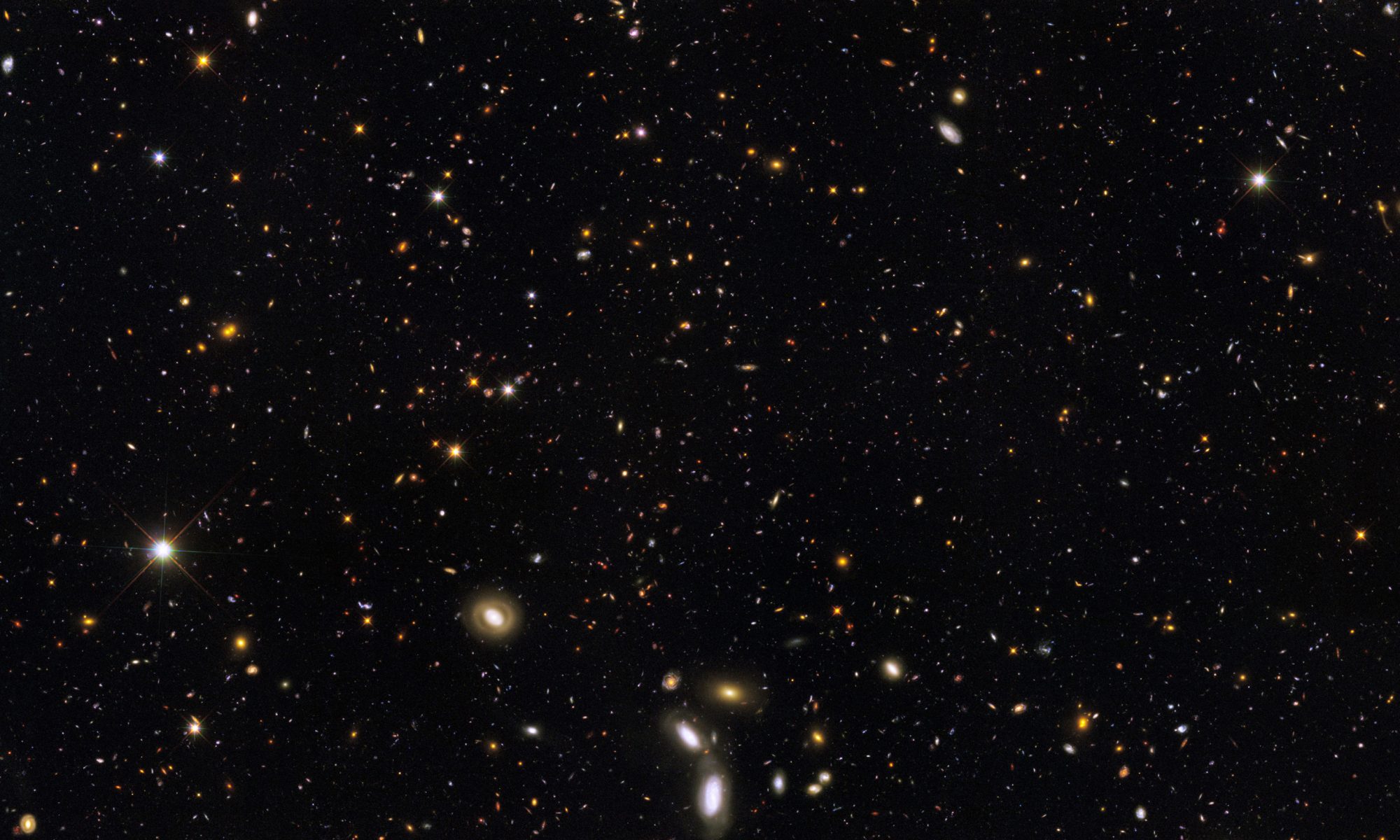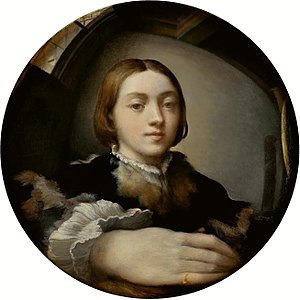A common quality of the readings, excluding the commentaries on Ashbery, is the sort-of stream of consciousness style. I write “sort-of” because these essays and poem are considered, detailed, and meditative. However, the quality of movement within them is intuitive and more felt than structured. The intuitive movement is especially visible in the stanza breaks in Ashbery’s “Self-Portrait in a Convex Mirror,” a movement from the painting to balloon (a shape similar to the convex mirror – but also to the dream in qualities of popping) to tomorrow to dreaming to the dream. These leaps all revolve around Parmigianino’s painting – sliding along, stippling, and puncturing its surface. The intuitive encompasses Ashbery’s subject, much in the way Stewart’s writing encompasses her subject while also embodying it. Both Ashbery and Stewart are dense, difficult, and self-conscious (as Hoagland puts it) and intuitive. But that self-conscious intuition is centered, relies on “Thingitude and Causality” (Hoagland, 165), and places (as does Hoagland) a question at the center: What is this thing we do, and why, and how?
It is a question I cannot hope to answer, at least not at this point in my life, but I would like to offer some speculation. Being self-conscious, observing self -things and -reasons, questioning the minutiae of poeisis, of making the self, the things to reflect the self, and the things to reflect the things which reflect the self are all efforts in construction. The self cannot not be made; in the same way that gravity cannot not draw things to it, the concept of self (or identity, or consciousness, or cognizance) emerges from the cave. Stewart writes about escaping fear of darkness (or non-being), and defining what is by what is not. The self, knowing of the self, defines the external by what is not the self, but to do so must observe the reflection of self to know what is external. These conclusions must be questioned. Do individuals routinely think through this sequence, or is it intuitive? Does the infant know that its toes are its upon seeing them, or only upon engaging in the “lower” sense of taste with them? I believe, though will not try to prove, that it is both intuitive and learned. This conscientiousness of self, then, imparts both its own emergence as a system, as well as a capacity to reflect on the self. It would seem that the reason for this poeisis in which we engage, then, is the third removal, and also each step previous.
By daring to put pen to paper (or fingers to keyboard), we must be confident of declaring the self. In that declaration, as well, we are also acknowledging the existence of self and emergence from the dark: it is a reflection of existence to acknowledge that existence. At the third removal, by continuing to create through writing, we also question the reflective device. The poem, like Parmigianino’s painting, embodies all three states of self-conscientiousness. As writers, as makers, we must create, and in creating must acknowledge both the self and the creation of the self. Again, these conclusions must be questioned. Is the complexity and chaos of this continual creation and reflection and parallel-mirrored evaluation overly dense? At which point does the conscientiousness drop and intuition take over? How do these lateral leaps of Ashbery coagulate into a poem, or do they even?

